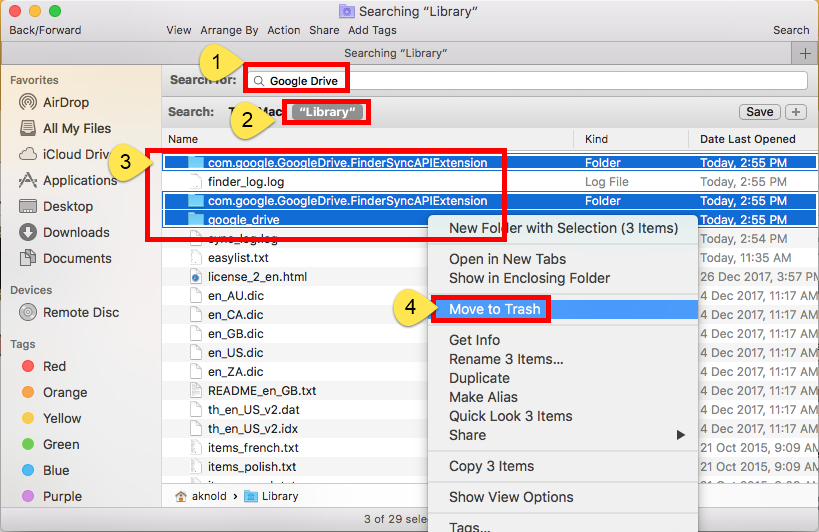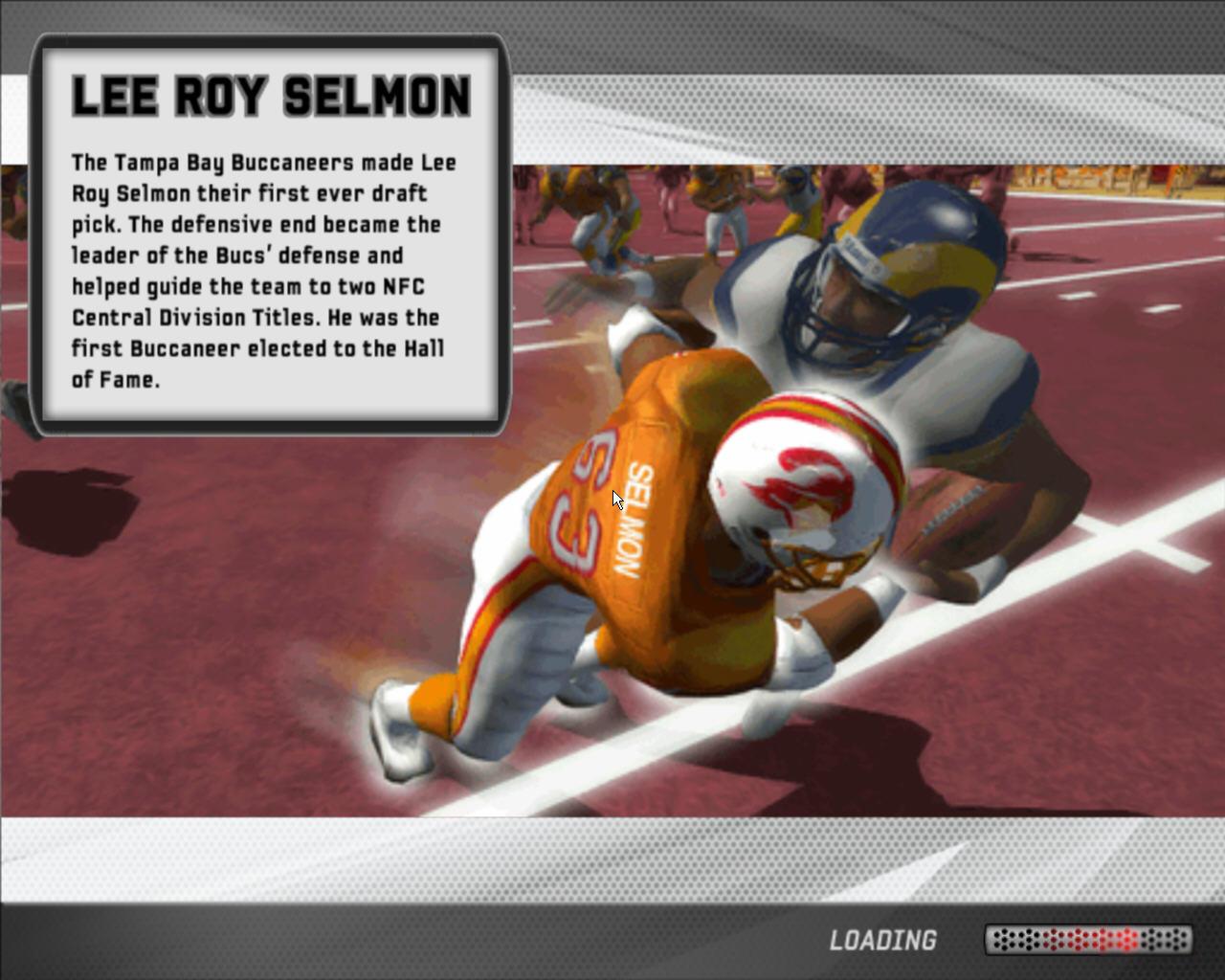Google Drive On A Mac

With Google Drive, you can store all your files in the cloud, including photos, Microsoft ® Word ® documents, Excel ® spreadsheets, and more. You can also make changes to a Word file using Google Docs, or convert your Word files to Google Docs, Sheets, or Slides. You can open your files from your computer’s Drive folder on the desktop or from your browser.
Files you create with Google Docs open in your browser or mobile app. Other files in your Drive folder will open in their regular applications (like Adobe ® Reader ® for PDF ® files) on your computer. What you need: accountcircle G Suite account schedule 10 minutes Switching from a different cloud storage solution? Learn more from these guides:. Not sure whether to use My Drive or Team Drives? For a comparison of My Drive and Team Drives, see the Drive FAQ.
Learn what takes up space in Google Drive and where to buy more space. And Forms you create. Learn how to back up and sync files from your Mac or PC.
One way to store files in Drive is to upload a copy of them using your web browser:. Go to. Click New, select File upload or Folder upload, and then choose the file or folder you want to upload. Click Open. If you’re using the latest version of Chrome or Firefox ®, you can simply drag files directly from your computer to the page on your browser.
If you upload a file that matches the name of an existing file, Drive will add it as a new version, instead of creating a duplicate. To see the previous version of that file, you can. When you see Upload complete, your files have uploaded successfully and can be accessed in any browser or device that has Drive installed.
Note: If you’re using Backup and Sync backup instead of Drive File Stream, see. If you want to work on files from your desktop, install Drive File Stream. Your files live in the cloud and you access them on demand.
This frees up space on your computer’s hard drive, saves network bandwidth, and means less time waiting for files to sync. You can also make files in Drive available offline, and they’ll sync to the cloud when you’re back online. After you install Drive File Stream, you access My Drive from My Computer (Microsoft ® Windows) or Finder (iOS ®) like any regular folder. You can then move your files to Drive, where it will sync to the cloud and free up your computer space.
(If you decide later to uninstall Drive File Stream, your Drive files won’t be affected. They can still be accessed from Drive on the web.) Drive File Stream is only available if your has turned it on for your organization or team. Install Drive File Stream:. On your computer, follow the installation instructions in the.
You'll then see Drive File Stream drivefilestream at the bottom right on Windows or at the top right on Mac. Click Drive File Stream drivefilestream.
Click Open Google Drive Folder foldermydrive to access your Drive files and folders. When you install Drive File Stream on your computer, it creates a drive in Microsoft ® Windows ® Explorer or a device in Apple ® Mac ® Finder ® named Google Drive. All your Drive files appear here. Move files to a folder:. Decide which files you want to store in Drive. (Optional) Organize the files in folders the way you want them to appear in Drive.
Click Drive File Stream drivefilestream. Click Open Google Drive Folder foldermydrive. Move the files and folders into a folder. From now on, these files exist in the Drive folder and are synchronized with other devices that also have Drive installed. If your internet connection breaks or you need to go offline in the middle of a sync, Drive File Stream picks up where it left off when you’re back online. Pause syncing:. Click Drive File Stream drivefilestream.
Click More morevert Pause Syncing. When paused, Drive File Stream won't upload local changes to Google Drive, and new versions of files made available offline won't be downloaded. Click Resume Syncing to start sync back up. To take a quick look at a Drive file, right-click it and select Preview.
In the overlay, you can:. Scroll down or up in your file. Click Left arrow arrowbackios or Right arrow arrowforwardios to see the previous or next file in Drive.
Open your file to edit it. Print your file. Click Download filedownload to download your file. Click More morevert to share, move, rename a file, and more. To save a file to access later, download it one of the following ways:. From the preview screen, click Download filedownload.
From Drive, select a file, click More morevert, and select Download filedownload. It can be difficult to browse through hundreds of files just to find the one you need. So, try searching Drive instead. Search for files or folders in Drive:. In the Drive search box, enter a word or phrase. To help you search faster, Drive suggests search terms as you enter text. Click a suggestion to open it or click Search search to see a list of results.
Use advanced search options:. On the right of the search box, click the Down arrow arrowdropdown. Choose any option or combination of options to filter your results further. Type—Search by file type. Owner—Search by file owner.
Location—Search by location (including items in the Trash or Starred). You can only search for folders that are in My Drive or Team Drives. Yoosee ip camera for pc windows 10. If you want to search a folder that is shared with you, you need to add the folder to My Drive first.
Date modified—See items that were recently modified by anyone (not just you). Item name—Search for a term in the file name. Has the words—Search for files that contain certain words. Shared with—Search for someone that has access to the file. Follow up—Search for files you own with suggestions, or files with action items assigned to you.
Click SEARCH. Share a file or folder with specific people: You can only share files that you own or have edit access to. In, right-click the file or folder you want to share and select Share personadd. Under People, enter the email address of the person or group you want to share with. Note: If you can't add people outside of your company or organization, contact your. Click Edit edit and choose the access level:.
Can edit—Collaborators can add and edit content as well as add comments. Can comment (Select files only)—Collaborators can add comments, but can't edit content. Can view—People can view the file, but not edit or add comments. Everyone you share with receives an email with a link to the file or folder.
(Optional) To add a note to the email, enter your note. To skip sending an email, uncheck the Notify people box. Click Send.
Share a link to a file or folder: You can send other people a link to a file or folder so that anyone with the link can open it. When you share a link, your name appears as the owner.
You can only share files that you own or have edit access to. In, right-click the file or folder you want to share and select Share personadd. At the top right, click Get shareable link. Click Anyone at your organization with the link can view and choose an access level:. Can edit—Collaborators can add and edit content as well as add comments. Can comment (Select files only)—Collaborators can add comments, but can't edit content. Can view—People can view the file, but not edit or add comments.
Click Copy link. Click Done. Paste the link in an email or any place you want to share it. Stop sharing a file or folder you own:.
In, select the shared file or folder. Click Share personadd. At the bottom, click Advanced. Next to the person you want to stop sharing the file or folder with, click Remove close. Click Save changes. Delete a link to a file or folder you own: When you delete a link to a file or folder that you own, the only people who can still see it are you and anyone you share it with.
In, select the linked file or folder. Click Share personadd. Click Anyone at your organization with the link Off - only specific people can access. Click Done. You can keep track of changes to items created in or uploaded to Drive. You can also see specific information about your files and folders.
To view the activity for a specific file or folder, select the file or folder and click Information info. See Drive activity on the Activity tab: You can see changes to items in, such as:. Who uploaded, copied, moved, or removed the item. Who shared or unshared the item. Who commented in, edited or renamed the item. People affected by the change. See Drive activity on the Details tab:.
In at the top of the Activity pane, click Details to see information and changes, such as:. File type and owner. Folder size and number of items. Person who last modified, created, or opened the item. Click Edit create to add a description of the item.
. My Mac: Allows you to specify which folders within the Google Drive folder will automatically be synced to the cloud. The default is to have everything in the folder automatically synced, but if you wish, you can specify that only certain folders will be synced. Google Drive: Lets you disconnect the Google Drive folder for your Google account. Once disconnected, the files within your Mac’s Google Drive folder will remain on your Mac, but will no longer be synced with the online data in Google’s cloud. You can reconnect by signing back into your Google account.
Settings: Allows you to configure network settings if needed, and control bandwidth, handy if you're using a slow connection, or one that has data rate caps. And finally, you can configure Google Drive to automatically launch when you log in to your Mac, show file sync status and display confirmation messages when removing shared items from Google Drive. The Settings tab is also where you can upgrade your storage to another plan.
